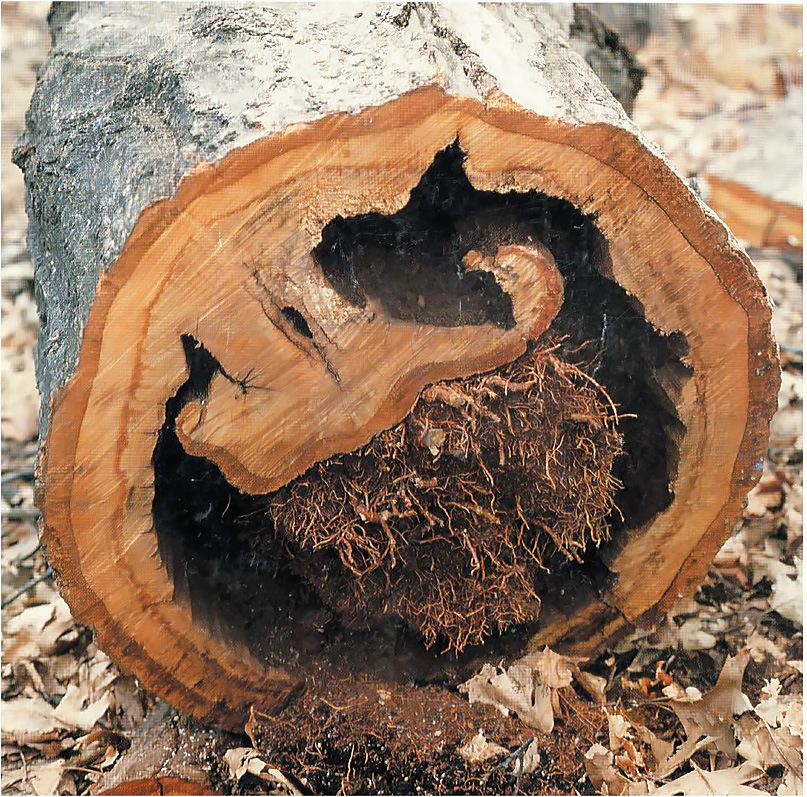This is the first of a series of short articles about the Arboricultural Journal – your journal – also known as the International Journal of Urban Forestry.
The publication is a peer-reviewed academic and professional journal, which makes it different and distinctive from the ARB Magazine, which is edited. So, all full papers published in the journal have been double- or triple-blind refereed or reviewed and edited, and research notes (often research in progress) are single refereed and edited. This is the essential quality control that assures the journal’s position amongst the top academic publications in the field.
Two major tasks in recent years have been 1) to attract and ensure a rich supply of papers submitted from around the world and across the wide scope of the journal, and 2) to begin the process of getting a journal ‘impact factor’. We have made great progress on the first of these and now have papers submitted and processed many months (or even years) ahead. For the second, ‘impact factor’, this is the essential ‘hook’ to draw in top academic research papers because impact factor is how the intellectual merit of the journal is scored.
The factor is one of a number of metrics we use, but it is the primary one for university researchers whose work output is assessed in terms of the journal impact factors which they achieve. It is based on the number of times high impact journals cite your journal’s papers, generally in the last three years; and yes, there is a circularity about this. If you have a high impact factor, then you will attract papers which will be cited and thus maintain your high score. The Arboricultural Journal as published by ABA publishing was not present or available online and so had no impact factor. This meant that on transfer to Taylor & Francis, we could begin what is a slow process of growing our score, which is now a modest 0.57 but this represents an increase of nearly 70% on the preceding year. Furthermore, we have had a big push to promote our wider online readership with considerable success, and the latest assessment is a doubling of paper downloads on the same time last year.
However, all this requires smooth running on the editorial side, with our publisher at Taylor & Francis, and the often unsung heroes and heroines, our reviewers, referees and editorial board. The latter are the people working quietly as volunteers behind the scenes to make the process work, and, as we get more papers submitted, we need more reviewers. So, if you are interested in helping in this vital work, please let us know. Taylor & Francis provide online tuition to support would-be reviewers, and we will write more about what is involved in a later article.
In the meantime, if you have any questions or queries about the Arboricultural Journal please ask, and we will do our best to answer them in these articles. Our contact email is aajournaleditor@hallamec.plus.com
The short abstract below highlights a recent journal article. To access it – and all other articles from current and past issues of the journal – go to www.trees.org.uk/Membership/Arboricultural-Journal, follow the link and log in to your Association account.
Professor Ian D. Rotherham, Editor Christine Handley, Editorial Assistant
Endocormic roots: transforming death into life
Peter Del Tredici, Arnold Arboretum of Harvard University
There is a substantial literature on the production of adventitious roots by the trunks and branches by intact trees but one type that has received very little attention are the endocormic roots that develop inside the trunks of old trees with extensive heart rot.
They were first described in 1853 and are an indicator of the senescent phase of a tree’s life span. Endocormic roots are produced by woundwood that comes in contact with its own rotten heartwood. As the tree’s core hollows out, endocormic roots can grow down through the trunk into the soil where they have the potential to produce a new root system and thicken into columns that support the hollow stem.
While the formation of endocormic roots has been documented in many angiosperms, it is a relatively uncommon phenomenon that develops mainly in ancient trees that have experienced extensive branch loss due to natural disturbances or pollarding. A parallel term, epicormic roots, is proposed to describe adventitious roots produced by the trunk or branches of a tree that come in contact with the soil.
To access this article in the latest issue of the Arboricultural Journal (volume 44, issue 3), go to www.trees.org.uk/Membership/Arboricultural-Journal, follow the link and log in to your Association account.

An old specimen of Quercus rubra at the Arnold Arboretum producing endocormic roots from woundwood. (Photo: Peter Del Tredici)
This article was taken from Issue 200 Spring 2023 of the ARB Magazine, which is available to view free to members by simply logging in to the website and viewing your profile area.